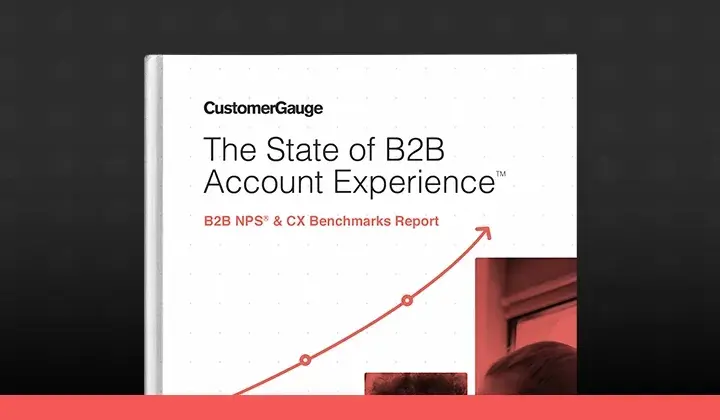Update:
Access the the full Part 1 Report of the NPS® Benchmarks Survey 2016 by clicking the button below:
We know from experience that visitors to NPS® Benchmarks love to compare their Net Promoter Scores® with those of other industry leaders. But we also know that NPS professionals are often on their own when it comes to other metrics. There is little public information about how to operationalize a program: What response rate to expect? How many times a year to survey? Should we close the loop? How do we link NPS to financial figures?
In 2015, we asked a small sample of NPS Practitioners some questions about their programs. The results were fascinating - for example:
- 75% had targets on Net Promoter Score. However, 36% did not know their retention rate.
- 90% were not clear if they had improved their retention rate since starting an NPS program.
- 94% had not been able to calculate how much one point of NPS is worth in extra revenue.
- And overall, most had a low opinion of their program (5.9 out of 10).
The results made us want to super-size the survey and create a list of best practice benchmarks we could share with NPS professionals across the globe. So this year we are inviting more than 2,500 industry leaders to get involved.
If you complete the survey with details of your own organization’s program, we’ll share the full results with you – rich data to help you see how you perform against other professionals. You’ll benchmark yourself not only on NPS score but on response rates, frequency, methodology and other factors.
We believe this is the most complete survey ever undertaken in the NPS community. We urge you to fully and honestly complete the survey.
We aim to complete the fieldwork by end April, and publish results by mid May. Full results will be shared free of charge to all participants completing the survey. This is a not-for-profit program, and an open-source digest of results will be available publicly on the NPSbenchmarks.com site. Results will be anonymous and kept in confidence.
Some definitions to help with the survey:
- Root Causes (also known as Drivers, Reasons): Categorizations of the issues Customers report on why they gave a NPS score. By putting them in buckets you can work out biggest impact.
- Closed-Loop Process (: Activities taken in response to (usually negative) customer feedback.. Best practice is to close the loop within 48 hours or faster.
- Response Rate: Normally expressed as a percentage of the number of completed responses against the total number of invitations sent.
- Transactional Survey: Customer is invited to take a survey as a result of a transaction with the company (perhaps in conjunction with a Touchpoint). Examples: A completed Sale, a support call and a helpdesk ticket. Normally sent to operational personnel.
- Relationship Survey: Customer is invited to take a survey as a result of an ongoing business relationship. Usually time-based (for example, sent once a year), and sent to multiple decision makers in a customer organization. Normally associated with b2b programs.
- B2B: Business-to-business
- B2C: Business-to-consumer
- NPS: Net Promoter® Score/Net Promoter System with question “How likely are you to recommend [Company name] to a friend, family, business associate …?”. NPS is an open source metric based on a 0 – 10 scale with results between -100 and 100. Customers scoring 9 or 10 are called Promoters, customers scoring 7 or 8 are called Passives and the rest are called Detractors.
- CSAT – Customer Satisfaction Score with question “How Satisfied were you with…” (varying scales 0 – 5, 1 – 10, etc.). Results are usually given as an average score.
- Customer Effort Score (CES). A proprietary system to measure customer service interactions. The metric is based on the statement, “[Company name] made it easy for me to handle my issue” after which the customer I asked to answer on a 1-7 scale whether they agree or disagree.
- ACSI – American Customer Satisfaction Index / UKCSI etc: Omnibus surveys carried out by CFI Group on panel of consumers
- Text Analytics (also known as Text Mining): Usually a machine-based model that extracts meaning from customer verbatim responses, often providing some indication of “Root Cause” analysis. Sometimes done manually by people.
- Referrals: Business won as a result of a satisfied customer referring to a friend or colleague. Hard to measure with B2C business, usually even harder in B2B.
- Account Management Reviews – Periodic (quarterly, annual or other) reviews between decision makers at the customer and supplier when performance and future business are discussed.
- Customer Success- Defined by the Customer Success Association as customer relationship retention and optimization by …making them as successful as possible in using your product”
- Retention: Customer Retention Rate is normally defined as
- Retention Rate = ((CE-CN)/CS)) X 100CE = number of customers at end of periodCN = number of new customers acquired during periodCS = number of customers at start of period

